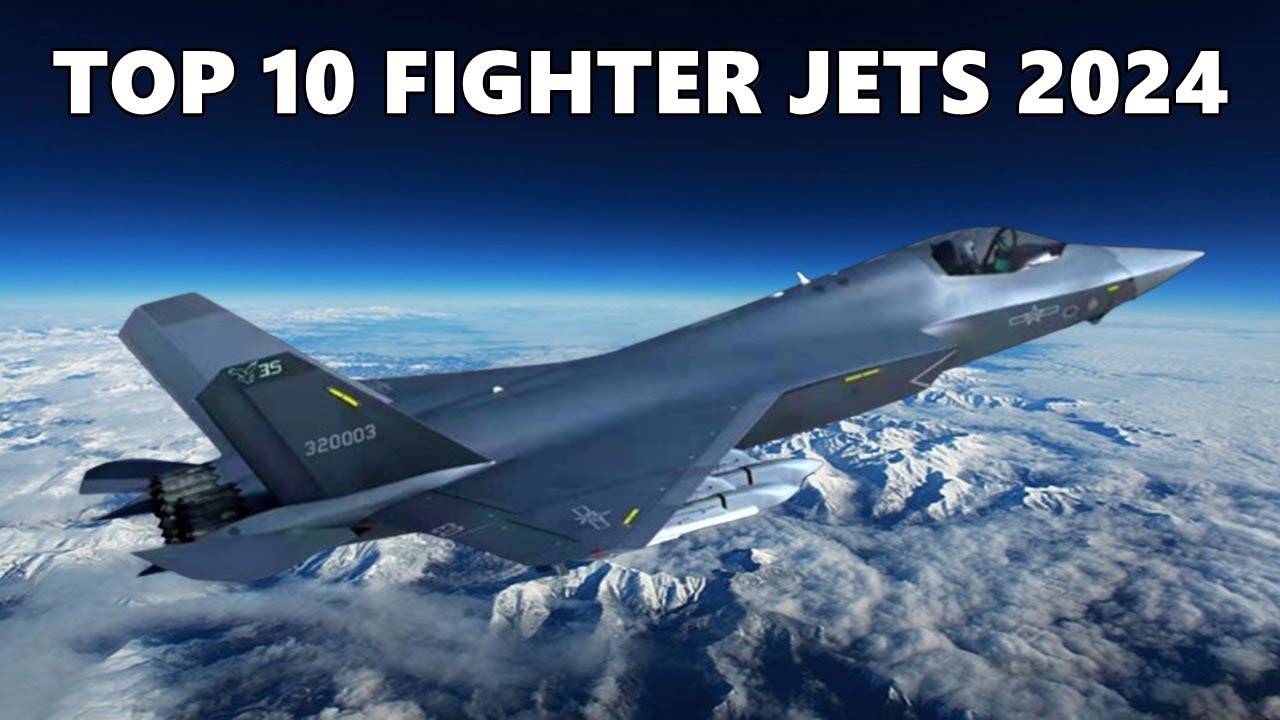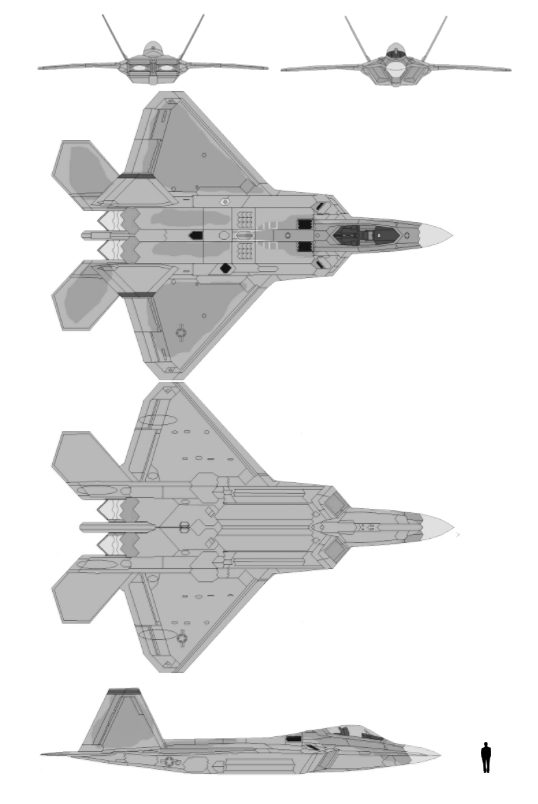
Around 1,700 combat aircraft—fighters, bombers, and attack planes—are operated by the People’s Liberation Army Air Force and its sister arm, the PLA Naval Air Force. It is only surpassed by the US military’s 3,400 operational combat aircraft. Many of these aircraft types are not generally recognized in the West, yet China has a large fleet of them.
China’s fast-growing aviation sector continues to be widely reported in Chinese media. It’s not difficult to understand the capabilities of Chinese military aircraft because they are based on or derived from designs from Russia and the United States.
Almost all of the PLAAF’s aircraft are either foreign-made or authorized / unauthorized clones of foreign-made aircraft. As a result, stealing military technology from other countries has become a common practice and a serious strategic vulnerability. In this way, China avoids time-consuming and expensive R&D.
Here is a list of the fighters that China had copied its design from other countries:
1. Shenyang J-8 – MiG-21 / Su-15
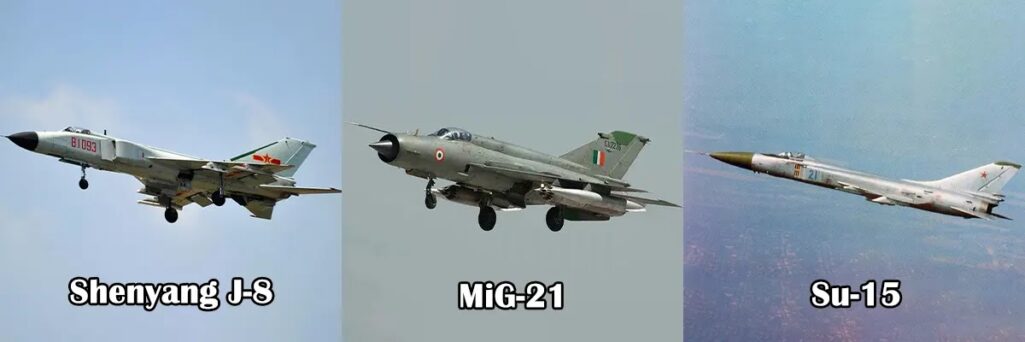
China began developing an all-weather interceptor in 1964, with the first Chinese jet fighter developed and constructed to face the new, high altitude threats like the Lockheed U-2 spy plane.
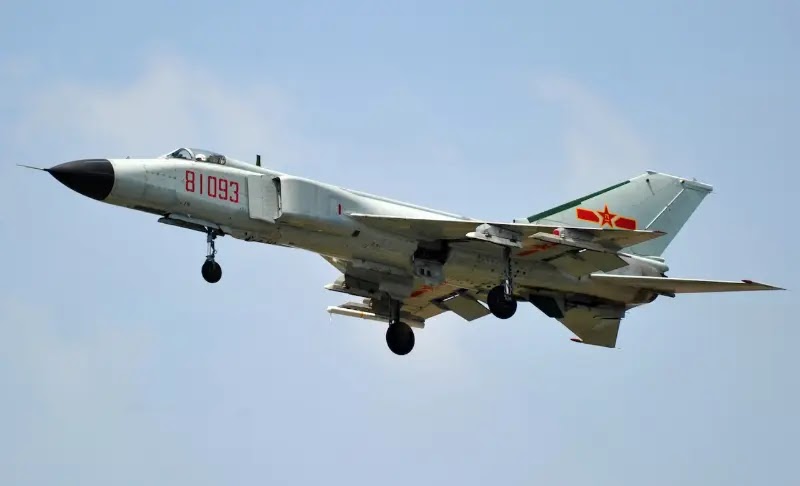
PLAAF requested a fighter/interceptor to counter bombers and spy planes in 1964 since the newly introduced Chengdu J-7 could not accomplish this. The first test flight of the prototype occurred in 1969.
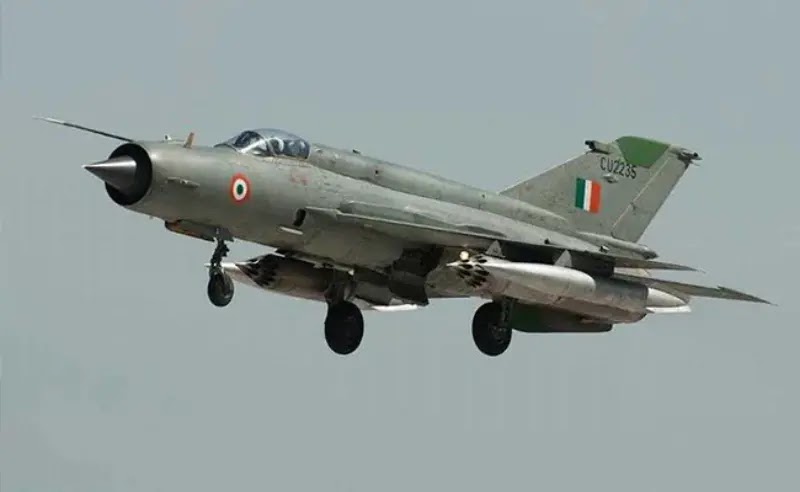
The J-8 was manufactured in 1979 and went into service in 1980. Two Liyang (LMC) Wopen-7A turbojet engines powered it to Mach 2.2.
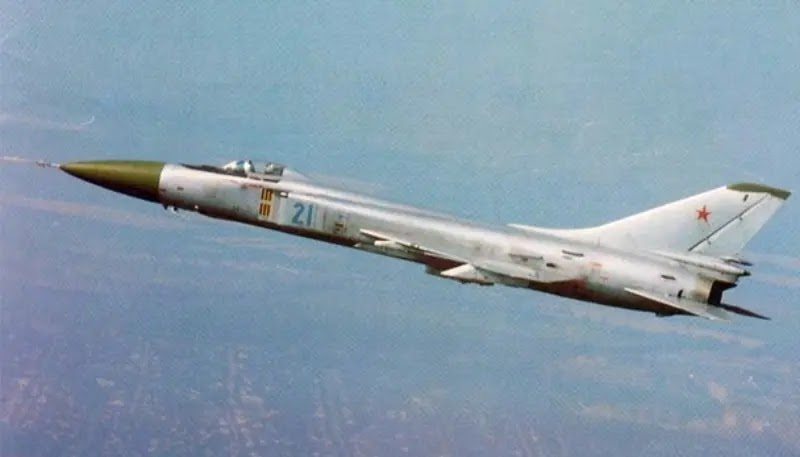
Its design was definitely influenced by the MiG 21. The side air inlet of the J-8II was based on the MiG 23 or the F-4 Phantom. Actually, it was also based on the Sukhoi S-15 fighter jet.
2. Xi’an Y 20 / Boeing C-17

2006 was the official introduction of the Y-20 project, which is a big military transport aircraft. Because of its wider fuselage than earlier Chinese aircraft, the aircraft is more popularly referred to as Chubby Girl.
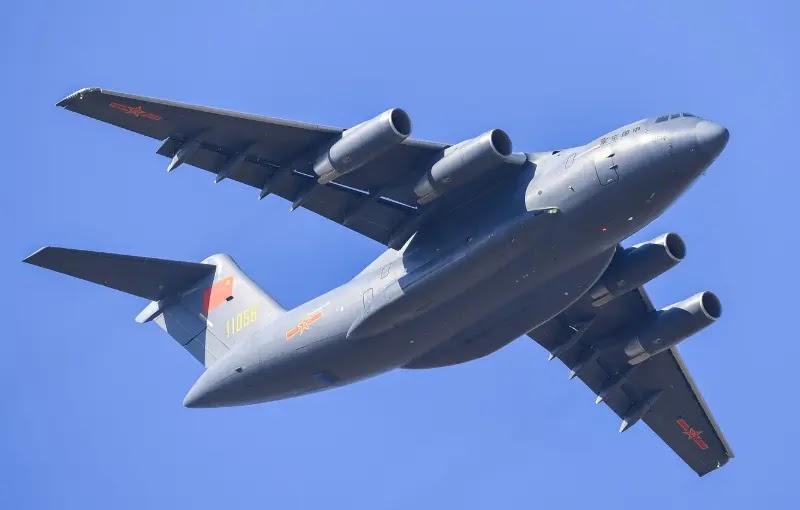
In December 2012, Y-20 began ground testing, which included runway taxi tests. On January 26, 2013, the aircraft completed a one-hour first flight.
The PLLAF received the first two Xian Y-20 aircraft in June 2016. Only twenty of these aircraft have been made so far.

It was used to transport supplies and people to Wuhan on February 13, 2020. However, you could easily spot the similarities between the Xi’an Y20 design and the Boeing C17 design.
3. Shenyang J-11/16 / Sukhoi Su-27

China took advantage of the near-collapse of the Soviet Union in 1989 to acquire the production line for the Sukhoi Su-27, an air superiority fighter built to challenge American planes like the T-14 Tomcat. In the face of approaching financial disaster, the Soviets had no choice except to accept the offer.
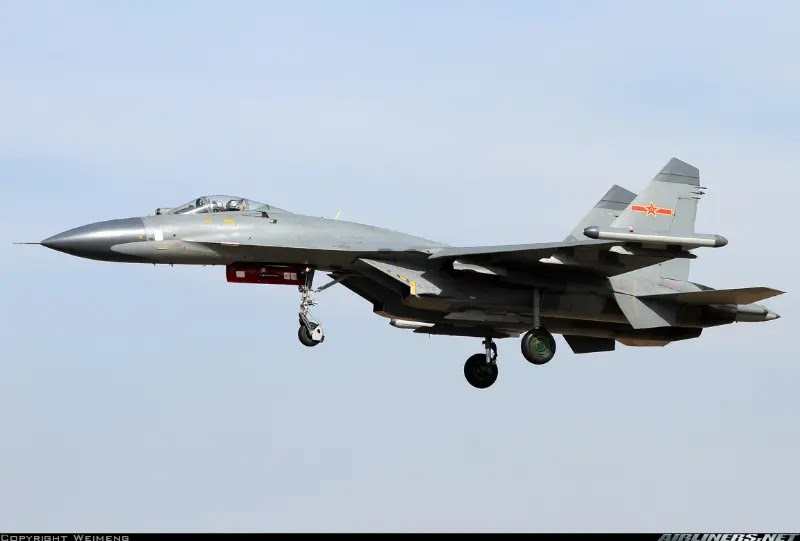
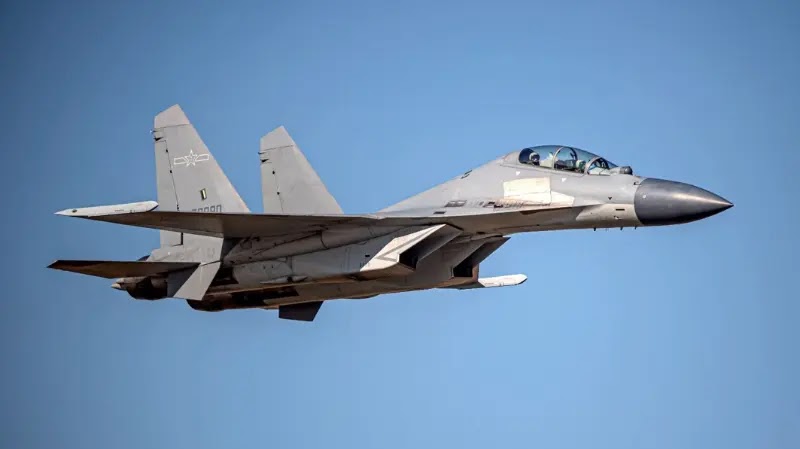
Once China had its own Su-27s in production, they began developing the J-11, which was based on the design of the Su-27. With its superior avionic systems and fly-by-wire technology, the J-11 was the first Chinese fighter to have a long-term impact on the country’s military capabilities.

China purchased Russian Su-27 upgrades in 2000, and the J-16, a reworked version of the Su-27, is the product of China’s later integration of these upgrades with locally created technology.
4. CASC Caihong-4 / MQ-9 Reaper
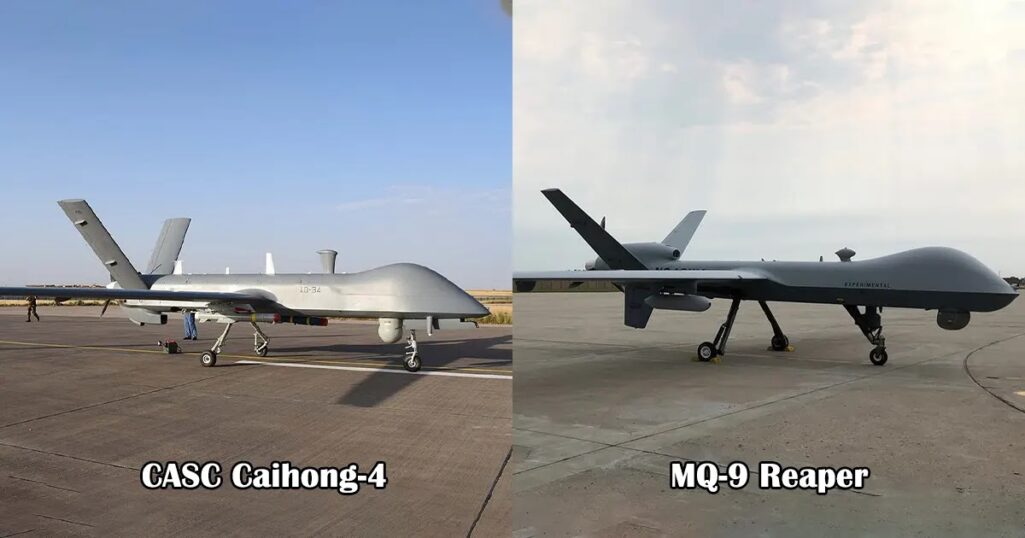
Although the United States says that China’s Caihong-4 (CH-4) armed drone is based on stolen schematics for the General Atomics MQ-9 Reaper, no proof has been provided. However, seeing is believing. They are unbelievably similar!
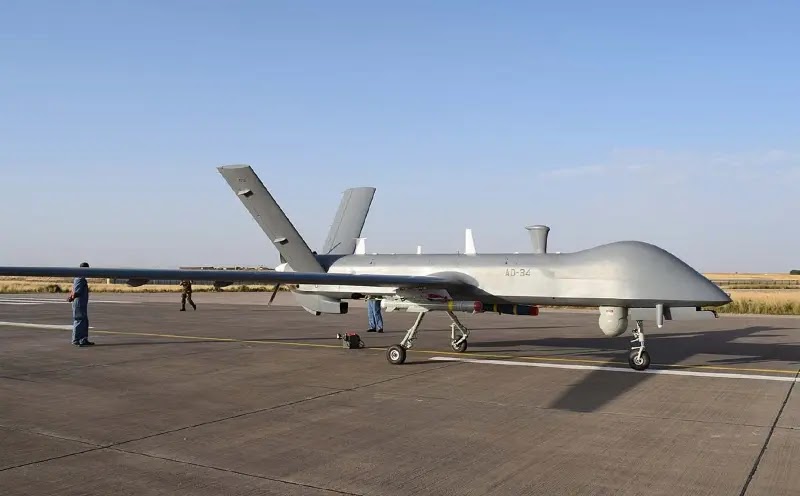
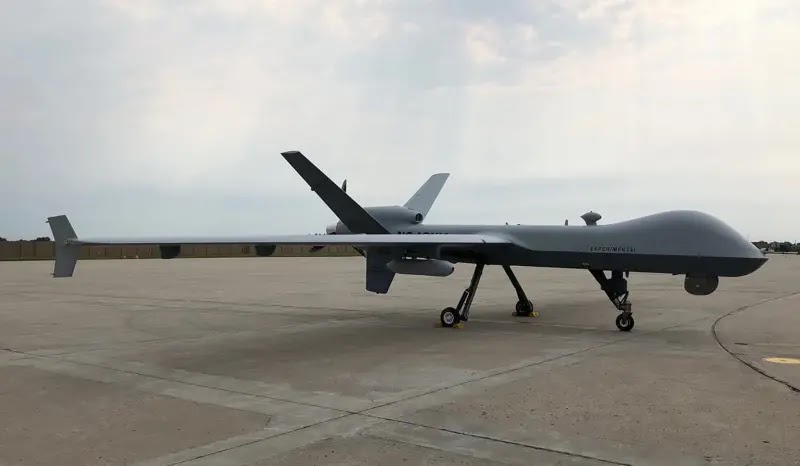
Despite being designed after the American UAV, the CH-4 had fewer outboard stations for attached weapons while giving comparable flying characteristics and longevity as the Reaper. Although the Reaper was clearly copied by the Chinese, the newer and more robust CH-5 is an improved version of the Chinese platform’s first effort to duplicate the American platform.
5. Chengdu J-20 / F-22 Raptor
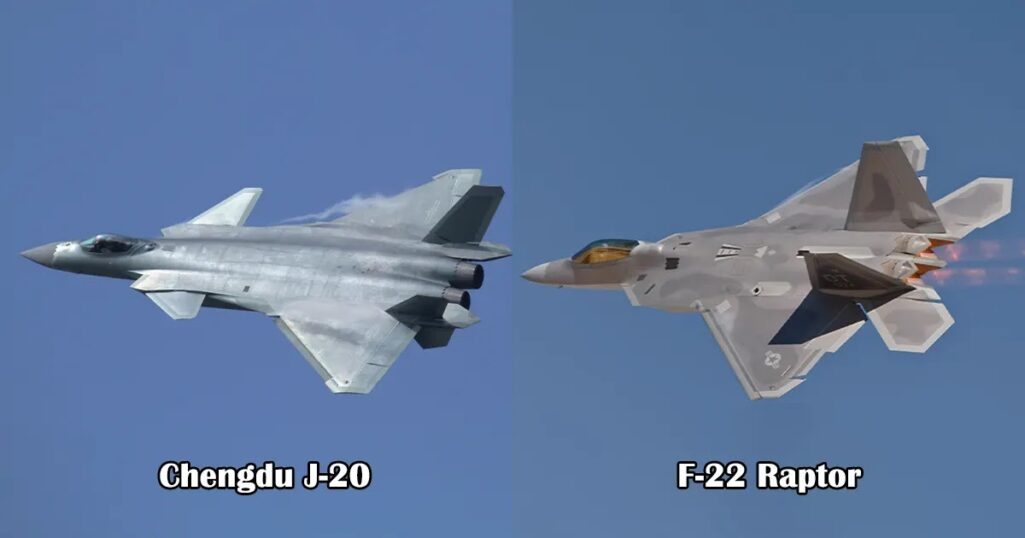
Even though China’s J-20 is a direct opponent for the F-22 Raptor, in many aspects, it serves as a straight clone of the F-22. A Chinese citizen called Su Bin stole the Lockheed Martin design plans and was found guilty and sentenced to 46 months in federal prison for his acts.
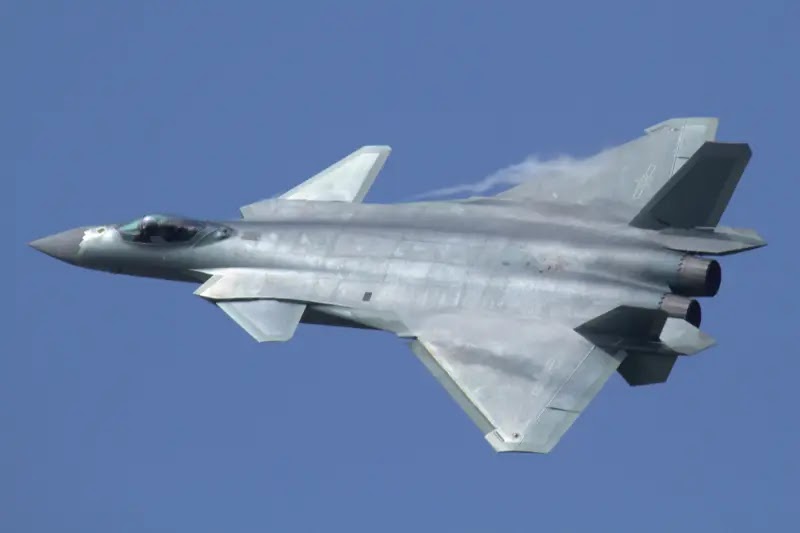
His actions on behalf of the Chinese government will have long-term effects on the country. China’s access to sensitive F-22 development data has led to a near-identical appearance between the J-20 and the F-22, not to be tricked by the obvious addition of front canards on the J-20.
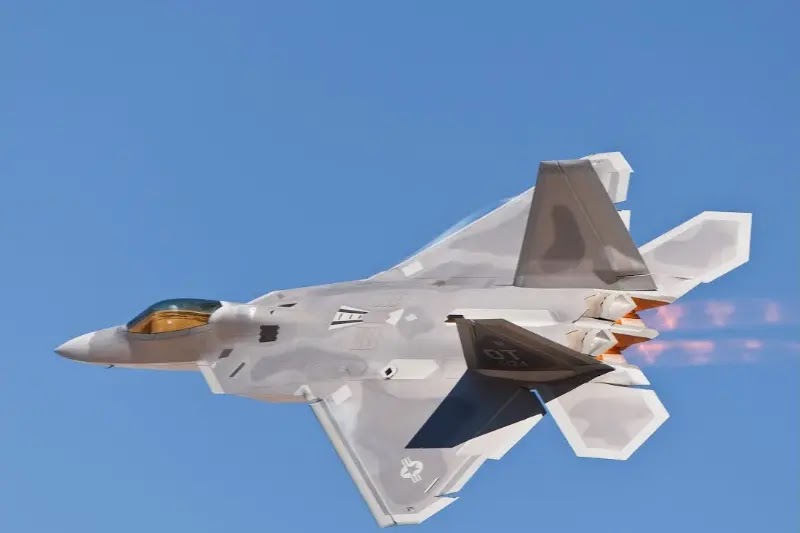
However, the similarities appear to end there. According to American defense analysts, China’s J-20 will have a significantly greater radar signature than the F-22, but nothing other than that.
In 2011, after just 200 F-22s had been produced, the United States decided to end the program. As far as China’s J-20 production is concerned, it will be around for a long time.
6. Chengdu FC-1 Xiaolong – MiG-21 / F-16

Essentially, China’s J-7 was a MiG 21 clone. With the help of Israel’s “Lavi” program, and the access to the F-16 designs, China was able to combine the two technologies to build an airplane that some argue is better than the sum of its parts.

For example, the FC-1 has a nose and tail similar to the F-16, but it also has MiG-21 wings. In the newest version of the FC-1, the AESA radar, refueling capabilities, greater use of composite materials, and the latest Chinese AAMs have been included.
7. Shenyang J-31 / F-35 Lightning II

While China’s J-31 program is still in development, its operating range and payload capacity are better than those of the F-35 it was based on. Once the J-31 is in full production, it is expected to replace the PLA-troublesome N’s J-15 as the country’s main carrier-based fighter.
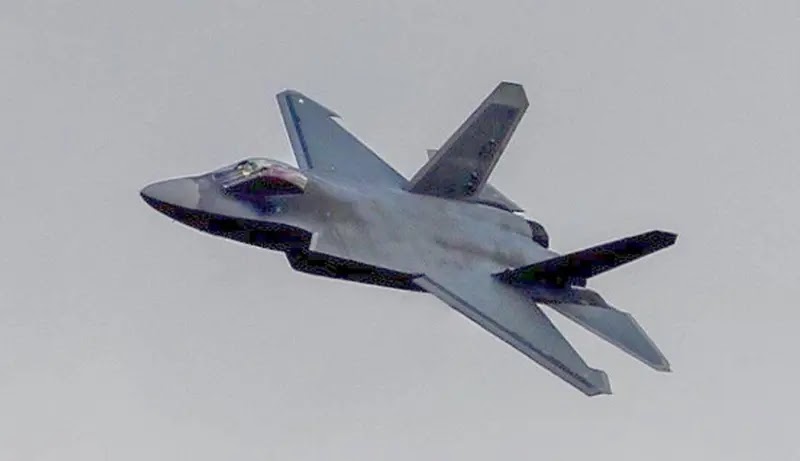

The J-31 is similarly constrained by China’s lack of expertise with stealth aircraft, as was the case with the J-20. The J-31 appears to be highly influenced by both the F-35 and F-22 projects.
8. Shenyang J-15 / Sukhoi Su-33

The J-15 is China’s main carrier-based aircraft, and if China had its way, it would have been manufactured by simply acquiring the production line for the Su-33 (Russia’s carrier-capable variant of the Su-27).


Chinese engineers grabbed on a Ukrainian T-10K-3 Su-33 prototype when the Soviets refused to provide their Su-33 design secrets to them. The end product was an aircraft carrier-based fighter that incorporated Chinese advances like lighter composite materials, and it also had foldable wings similar to the Su-33.
9. Chengdu J-7 / MiG-21
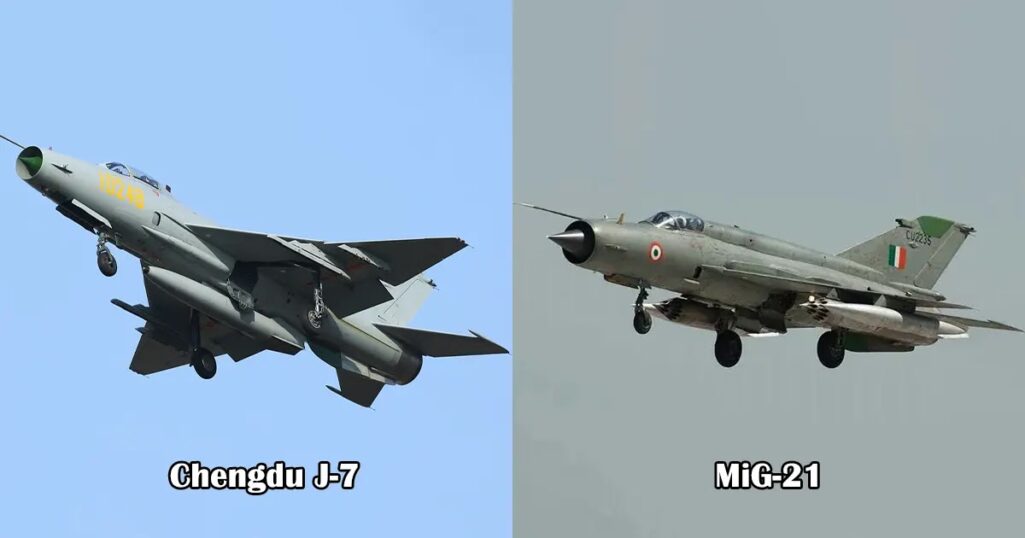
China received a large portion of Soviet conventional weaponry technology throughout the 1950s and early 1960s. MiG 21s were among the best fighters in the world at that time.
In September 1960, the Soviets evacuated their experts, resulting in the project being halted in China due to the Sino-Soviet divide. Mao Zedong received a letter from Soviet Premier Khrushchev in February 1962, in which he offered to provide him the MiG-21’s technology.

The Chinese interpreted this as a Soviet attempt to ease tensions, but they were suspicious. One of PLAAF’s most senior officers, a Soviet military college graduate, was in charge of the group that traveled to Moscow to meet with their Russian counterparts.
The agreement for the transfer of technology has been signed. Russia delivered several MiG-21s to China, which were flown by Soviet pilots, and China also got some MiG-21 components and technical papers. Later on, the Chinese realized that the Soviet technical manuals were lacking and that some of the parts were unusable.
A couple MiG 21s were then taken apart and reverse engineered so that they could be built in China. These people claim to have uncovered and corrected 249 significant issues, as well as reproducing eight important technological papers that the Soviet Union did not release. More than 2,400 J-7 were made between, with some being produced as recently as 2013.
10. Chengdu J-10 – IAI Lavi / F-16 Fighting Falcon
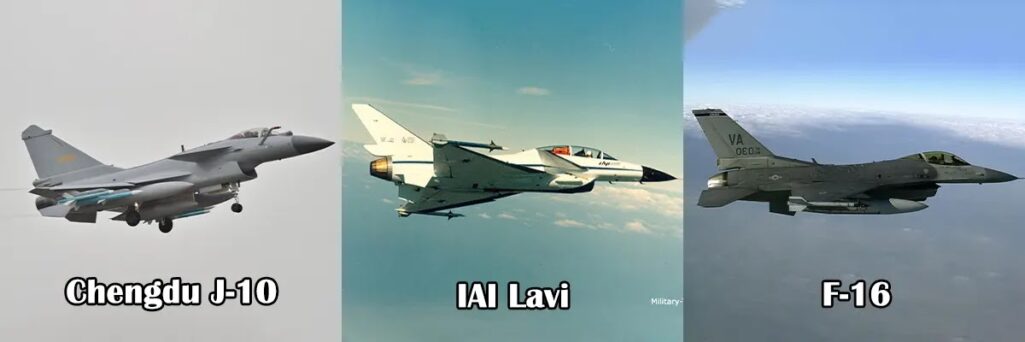
The United States and Israel collaborated on a new F-16-based combat aircraft in the 1980s. However, the United States withdrew from the agreement due to rising expenses, leaving Israel’s “Lavi” fighter uncompleted.

Israel sold Lavi’s development blueprints to China, allowing them to have exceptional access to technology that had been created for the F-16. Years later, American officials discovered this. There was more than a normal similarity between the J-10 and the F-16.
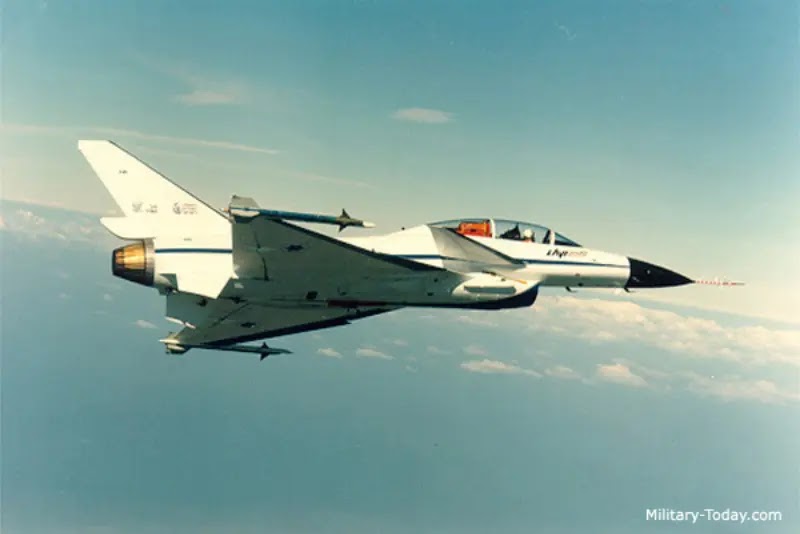
China was able to bypass its 1960s-era fighters thanks to Israeli-supplied technology. Even if this isn’t the last Chinese fighter to use F-16 components, it’s certainly the most obvious.



